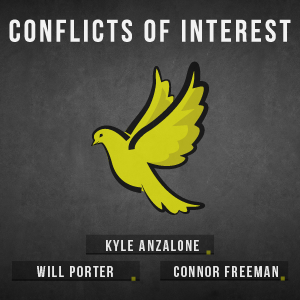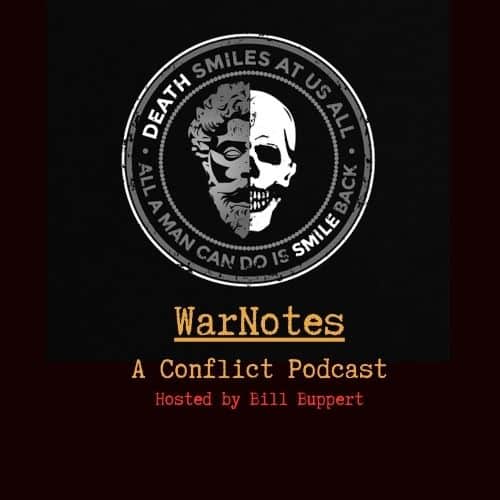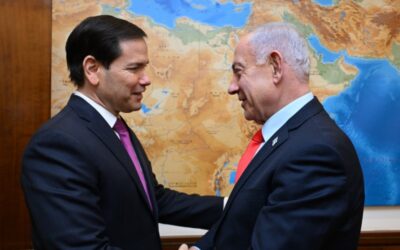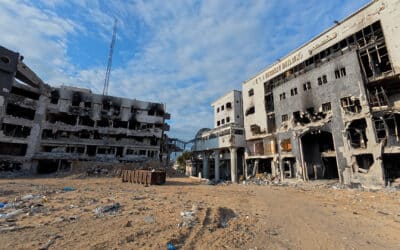Even after Tehran informed Washington that Iran would execute a symbolic retaliatory strike on the Al Udeid Air Base in Qatar, the US military had to engage in its largest battle using Patriot missiles to date to repel the attack.
On Monday, Iran fired 19 ballistic missiles at America’s largest Middle East air base. Most of the missiles were shot down by air defenses. Chairman of the Joint Chiefs of Staff Gen. Dan Caine told reporters, “We believe that this is the largest single Patriot engagement in US military history, and we were joined in this engagement by the Qatari Patriot crews.”
While Gen Caine did not disclose how many interceptors were fired, it was likely an expensive operation as each PAC-3 Patriot missile costs $4 million. Additionally, the supply of air defense is becoming increasingly limited due to the ongoing war in the Middle East and Ukraine.
Secretary of State Marco Rubio told the Senate in May, “The Ukrainians asked for air defense systems — Patriot systems, which, frankly, we don’t have.”
After Israel launched its aggressive war against Iran, Tel Aviv’s supply of interceptors quickly dwindled. Within five days of the start of the war, multiple outlets reported Tel Aviv was nearly out of Arrow-3 interceptors and only had supplies to run the Iron Dome air defense system for less than two weeks.
By the end of the short war, Israel was forced to ration its deployment of interceptors, leaving some areas vulnerable to Iranian strikes. After the war, President Donald Trump noted that “Iran hit Israel hard.”
Throughout the 12-day conflict, the US aided Israel in shooting down incoming Iranian missiles. The assistance put a strain on the Navy’s supply of interceptors. Adm. James Kilby, the acting chief of naval operations, said while the US had enough SM-3 interceptors, they were being used “at an alarming rate” to defend Israel.
The SM-3 can cost between $10 million and $30 million for a single missile.
















